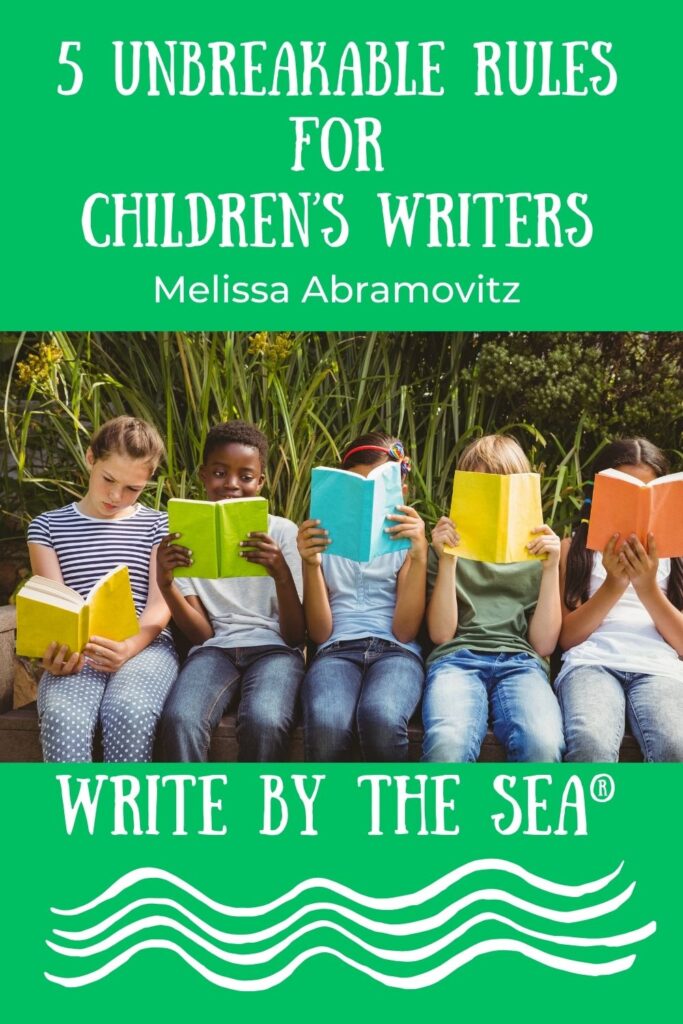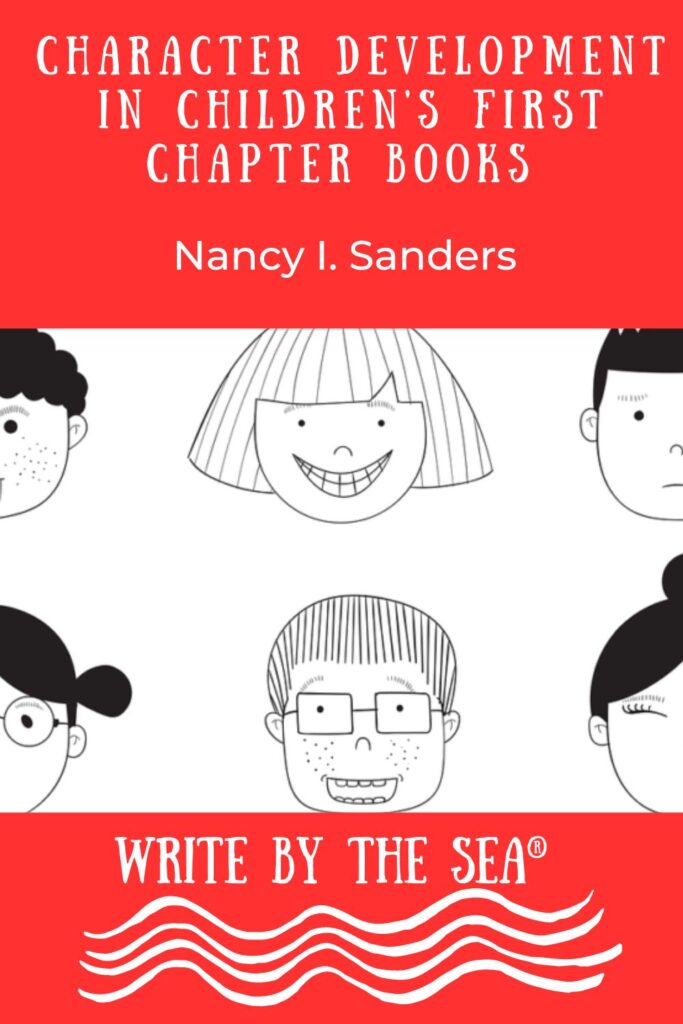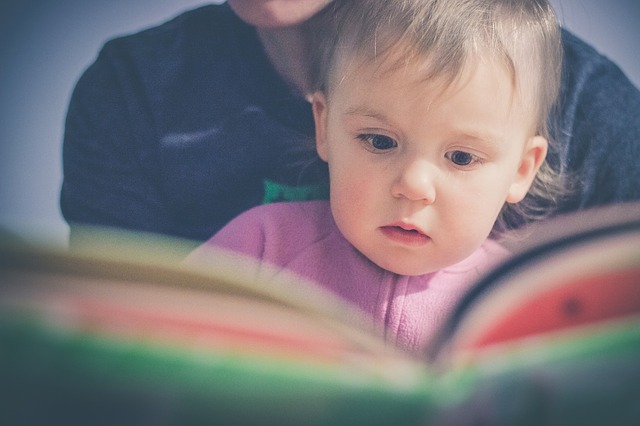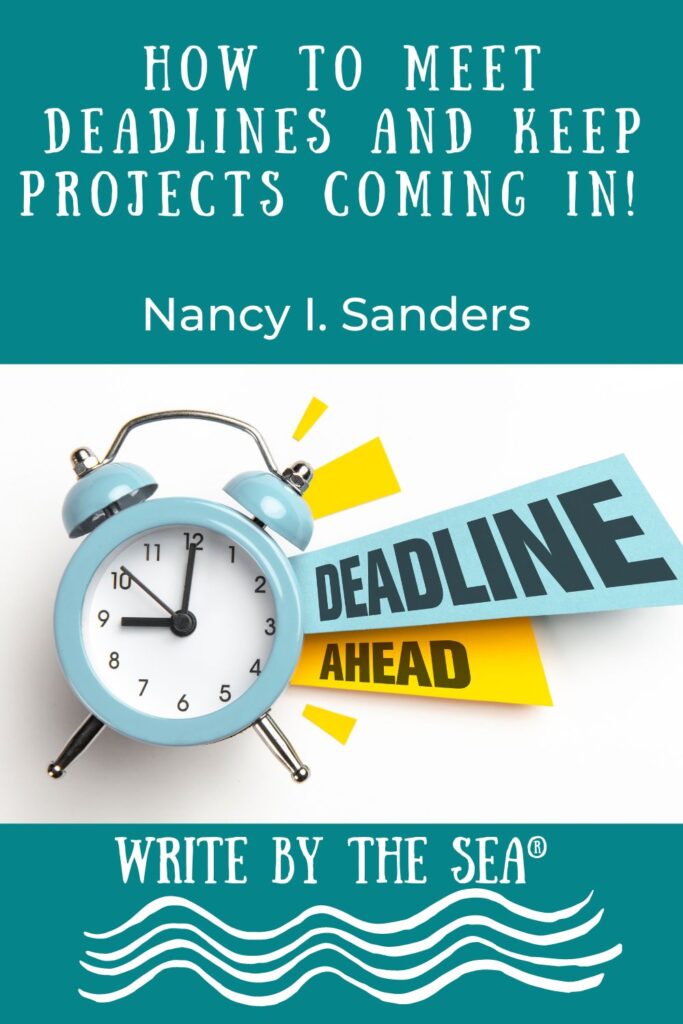by Melissa Abramovitz

There are lots and lots of rules out there in books, blogs, articles, workshops, and other sources of information for all types of writers.
You have undoubtedly seen or heard rules like “show don’t tell,” “write what you know,” and “avoid using adjectives.”
You have probably also realized that these types of rules are important, but definitely can and should be broken under certain circumstances.
This can be confusing at first, but part of the learning process for writers involves recognizing when or when not to break these rules.
However, there are several rules that should not be broken.
These rules have more to do with the process of writing than with the content, but they are central to becoming and staying a successful author.
Rules for Children’s Writers
Here are my top five unbreakable, non-negotiable rules for children’s writers.
Rule #1: Be professional.
Being professional applies to the way in which you present yourself to editors, publishers, agents, and others with whom you work.
It includes writing error-free, respectful query letters, properly formatting and proof-reading your manuscripts, meeting your deadlines, treating editors and others with respect when they ask for revisions or other manuscript changes, studying a publisher’s guidelines before submitting a manuscript to them, and other details that require a writer to behave in a business-like manner.
Rule #2: Educate yourself about the age group(s) for whom you are writing.
If you want to write and publish picture books, study published picture books and observe children in your target age group.
If you want to write contemporary young adult novels, find out what teenagers like to read and what their lives are like in the 21st century.
It’s a lot different than your life or my life when we were growing up.
So don’t rely on your memories of passing notes back and forth with your friends in class to understand how teenagers communicate and behave in the modern world.
In addition, familiarize yourself with the interests and reading and vocabulary capabilities of kids in certain age groups.
Rule #3: Always let a manuscript gel before submitting it, whether you are submitting on speculation or through an assignment.
I use the term “gel” to describe the process of setting a manuscript aside for at least a few days before deciding it’s good enough to send in.
I ALWAYS find typos, awkward sentences, confusing passages, and other errors and weaknesses after I let a manuscript gel.
And, I usually go through the gelling and revising thing at least three times before I am satisfied that the piece needs no more revisions.
As tempting as it is to finish a project and move on to the next thing, rushing to submit before a manuscript is well-revised and well-polished is never a good idea.
Rule #4: Never argue with an editor’s decision to reject your manuscript.
This sort of falls under the professionalism rule, but it bears repeating as its own rule because so many aspiring writers give in to their anger and frustration and say or write things that get them on editors’ “never ever work with this person” list.
Rule #5: Never preach to your readers.
Many aspiring children’s writers decide to write a particular story to teach children a life lesson or to instill certain moral or religious values.
But children and teens do not want to read moralistic lectures.
They want to read entertaining stories.
These stories may subtly convey a life lesson, but this lesson should unfold through the plot and characters and not hit the reader over the head.
Even religious magazine and book publishers do not want preachy material.
Following these unbreakable rules can go a long way toward launching or building your writing business.
So it’s a good idea to post them in your workspace to keep them handy.
Better still, memorize them so they become a part of each and every one of your writing projects.
About Melissa Abramovitz







